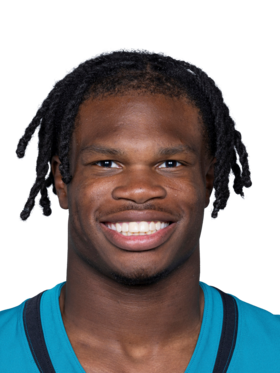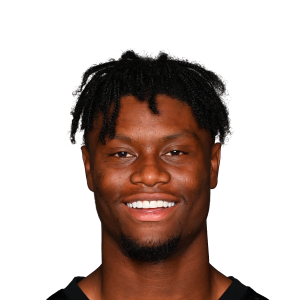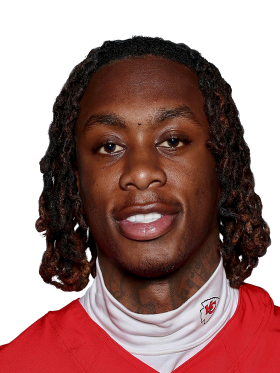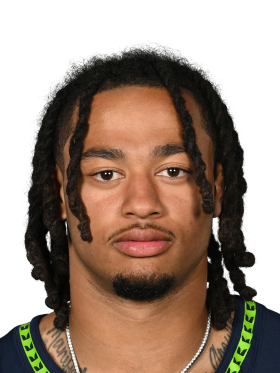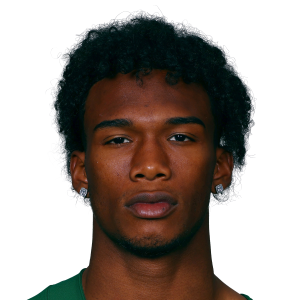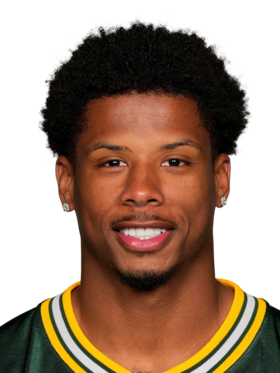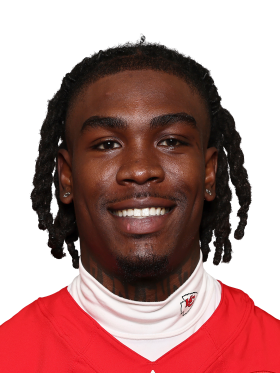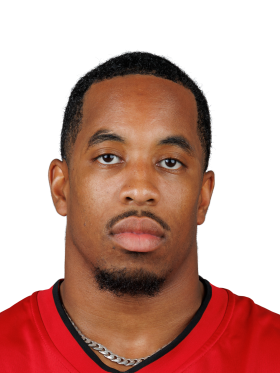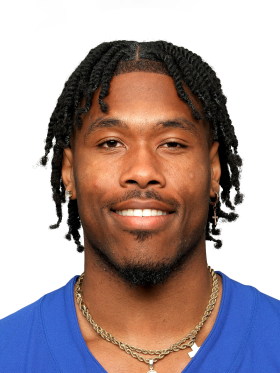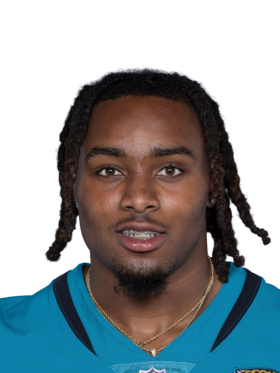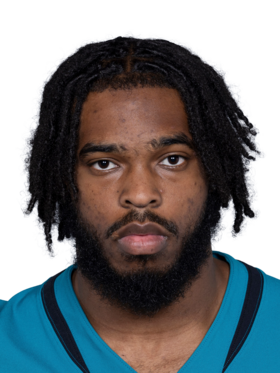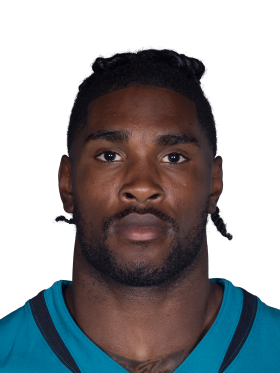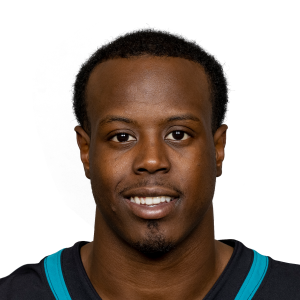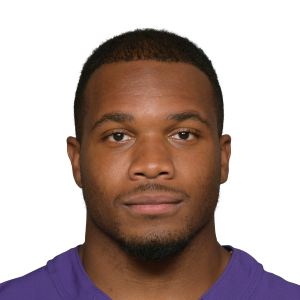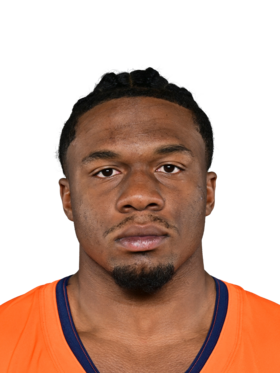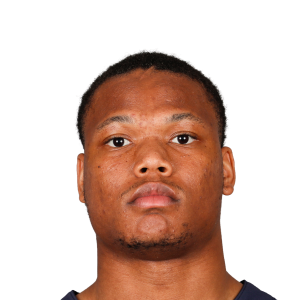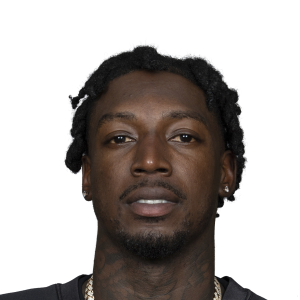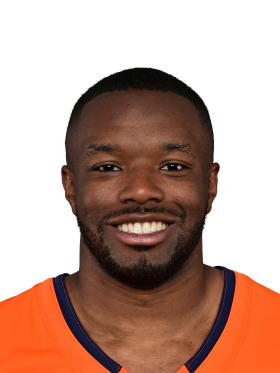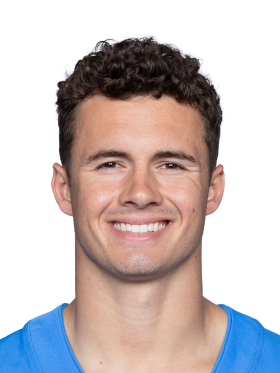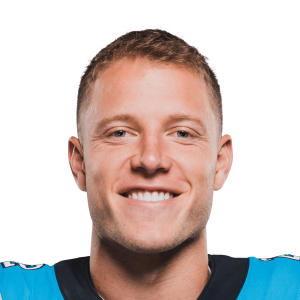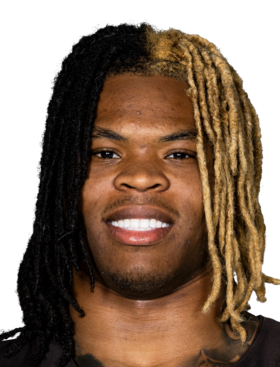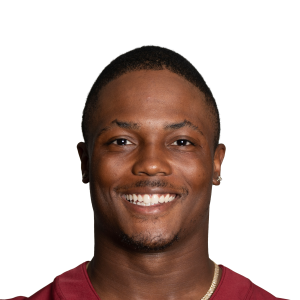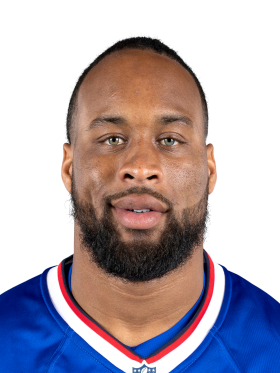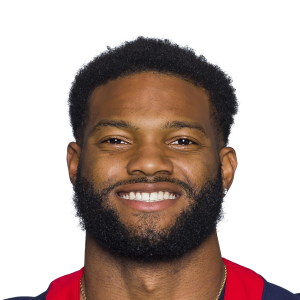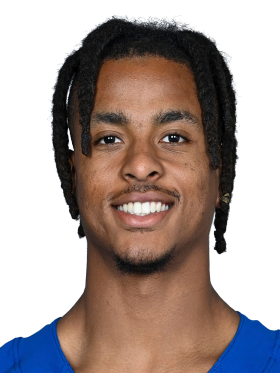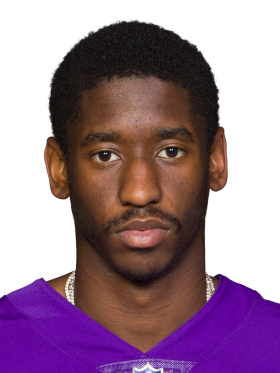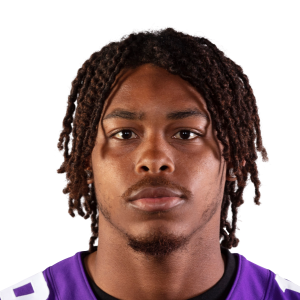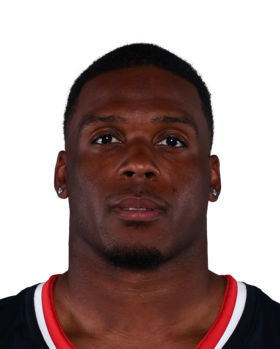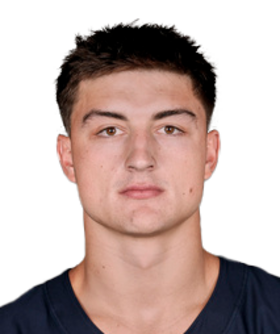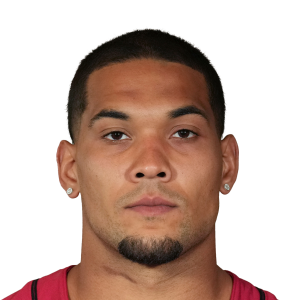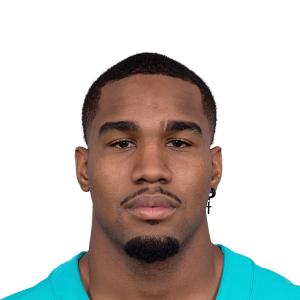86 Taeks
Travis Hunter: Unicorn two-way upside beats ADP


The 5 WRs With the MOST Fantasy Football Upside Revealed!
119 days ago
George Pickens: Environment change unlocks volume potential


The 5 WRs With the MOST Fantasy Football Upside Revealed!
119 days ago
Xavier Worthy: Prime upside amid Rice suspension


The 5 WRs With the MOST Fantasy Football Upside Revealed!
119 days ago
Xavier Worthy: High ceiling jumps with Rice suspension


The 5 WRs With the MOST Fantasy Football Upside Revealed!
119 days ago
Marvin Harrison: Price tag ignores unchanged situation


The 5 WRs With the MOST Fantasy Football Upside Revealed!
119 days ago
Jaxon Smith-Njigba: Small hit, big miss outlook


The 5 WRs With the MOST Fantasy Football Upside Revealed!
119 days ago
Jaxon Smith-Njigba: Quarterback downgrade stalls breakout hopes


The 5 WRs With the MOST Fantasy Football Upside Revealed!
119 days ago
Garrett Wilson: Safe volume yet capped ceiling projection


The 5 WRs With the MOST Fantasy Football Upside Revealed!
119 days ago
Matthew Golden: Late-round upside tied to opportunity


Brutal Snipes & WR Debates In A $2,000 FFPC Draft
120 days ago
Rashee Rice: Suspension could nuke fantasy playoffs


Brutal Snipes & WR Debates In A $2,000 FFPC Draft
120 days ago
Sean Tucker: Path to lead Tampa backfield emerging


Brutal Snipes & WR Debates In A $2,000 FFPC Draft
120 days ago
Tyrone Tracy: Discount path to 80% workload


These 5 Backfields Will Decide Your Fantasy League
120 days ago
LeQuint Allen: Sneaky snap thief dims others' ceilings


These 5 Backfields Will Decide Your Fantasy League
120 days ago
Bhayshul Tuten: Stash for late-season breakout upside


These 5 Backfields Will Decide Your Fantasy League
120 days ago
Tank Bigsby: Cheapest path to Jaguars goal-line work


These 5 Backfields Will Decide Your Fantasy League
120 days ago
Travis Etienne: Efficiency decline makes him overpriced fade


These 5 Backfields Will Decide Your Fantasy League
120 days ago
Breece Hall: Can turn third-round ADP into first-round payoff


These 5 Backfields Will Decide Your Fantasy League
120 days ago
Breece Hall: Buy dip after preseason discount


These 5 Backfields Will Decide Your Fantasy League
120 days ago
J.K. Dobbins: Fade limited upside at ADP


These 5 Backfields Will Decide Your Fantasy League
120 days ago
RJ Harvey: Payton backfield could vault him


These 5 Backfields Will Decide Your Fantasy League
120 days ago
David Montgomery: Touchdown luck set to evaporate


These 5 Backfields Will Decide Your Fantasy League
120 days ago
Calvin Ridley: Overvalued versus packed 5th-round alternatives


Huge ADP Risers & Fallers After Preseason Week 1
122 days ago
Matthew Stafford: Back issues create season-long availability risk


Huge ADP Risers & Fallers After Preseason Week 1
122 days ago
Marvin Mims: Efficiency will crater with volume


Huge ADP Risers & Fallers After Preseason Week 1
122 days ago
Ladd McConkey: Locked-in role, target worries overblown


Huge ADP Risers & Fallers After Preseason Week 1
122 days ago
Christian McCaffrey: Draft at 1.03 in Main Event


Huge ADP Risers & Fallers After Preseason Week 1
122 days ago
Quinshon Judkins: Cheap suspension stash with stretch-run starter upside


Huge ADP Risers & Fallers After Preseason Week 1
122 days ago
Terry McLaurin: Buy dip after fall to late fourth


The Truth Behind Depth Charts & New Risers/Fallers
129 days ago
Ray Davis: Overvalued as a contingency back


The Truth Behind Depth Charts & New Risers/Fallers
129 days ago
Chase camp risers to offset early-draft edge


The Truth Behind Depth Charts & New Risers/Fallers
129 days ago
Joe Mixon: Still draft Mixon after pick-110 slide


The Truth Behind Depth Charts & New Risers/Fallers
129 days ago
Nico Collins: Collins elevated to WR7 overall


The Truth Behind Depth Charts & New Risers/Fallers
129 days ago
Dameon Pierce: Gap-scheme hire could revive production


The Truth Behind Depth Charts & New Risers/Fallers
129 days ago
Darnell Mooney: Clear WR2 in projected top-10 pass offense


Where To Select The Latest ADP Risers/Fallers In Drafts 13:24
136 days ago
Darnell Mooney: Minor injury not dampening late-round appeal


Where To Select The Latest ADP Risers/Fallers In Drafts 0:00
136 days ago
Josh Downs: Downgraded if rookie QB wins job


Where To Select The Latest ADP Risers/Fallers In Drafts 47:05
136 days ago
Jerry Jeudy: Early-round bump versus ADP peers


Where To Select The Latest ADP Risers/Fallers In Drafts 0:00
136 days ago
Jordan Addison: Year-2 leap worth reach at pick 67


Where To Select The Latest ADP Risers/Fallers In Drafts 0:00
136 days ago
Justin Jefferson: Drops JJ to 1.06 over usage concerns


Where To Select The Latest ADP Risers/Fallers In Drafts 33:01
136 days ago
Woody Marks: Keep Marks as thin 17-18th rnd punt


Where To Select The Latest ADP Risers/Fallers In Drafts 27:03
136 days ago
Joe Mixon: Willing to scoop in round 7-8 discount


Where To Select The Latest ADP Risers/Fallers In Drafts 18:53
136 days ago
Marvin Mims: Deep-threat only, limited full-time upside


Where To Select The Latest ADP Risers/Fallers In Drafts 0:00
136 days ago
Darnell Mooney: Locked-in WR2 in projected pass-heavy offense


Where To Select The Latest ADP Risers/Fallers In Drafts 12:41
136 days ago
Jerry Jeudy: Quiet buy at mid-70s ADP


Where To Select The Latest ADP Risers/Fallers In Drafts 0:00
136 days ago
Jordan Addison: Worth Round-6 pick, can match Higgins output


Where To Select The Latest ADP Risers/Fallers In Drafts 41:20
136 days ago
Justin Jefferson: Slide to 1.06 amid volume and hamstring concerns


Where To Select The Latest ADP Risers/Fallers In Drafts 33:00
136 days ago
Joe Mixon: Willing to scoop Mixon at Round 7-8 discount


Where To Select The Latest ADP Risers/Fallers In Drafts 18:53
136 days ago
Colston Loveland: Rookie TE primed for late-season TE1 surge


The 12 Riskiest Decisions in 2025 Fantasy Football Drafts 51:02
137 days ago
James Conner: Efficient TD machine fits playoff format


The 12 Riskiest Decisions in 2025 Fantasy Football Drafts 38:41
137 days ago
Alvin Kamara: Early-season points but playoff trap


The 12 Riskiest Decisions in 2025 Fantasy Football Drafts 36:10
137 days ago
Jaylen Waddle: Prime age bounce-back buy at WR29


The 12 Riskiest Decisions in 2025 Fantasy Football Drafts 31:04
137 days ago
